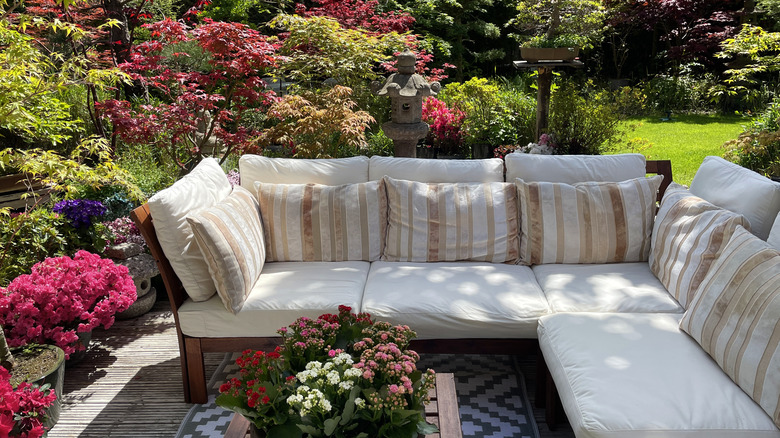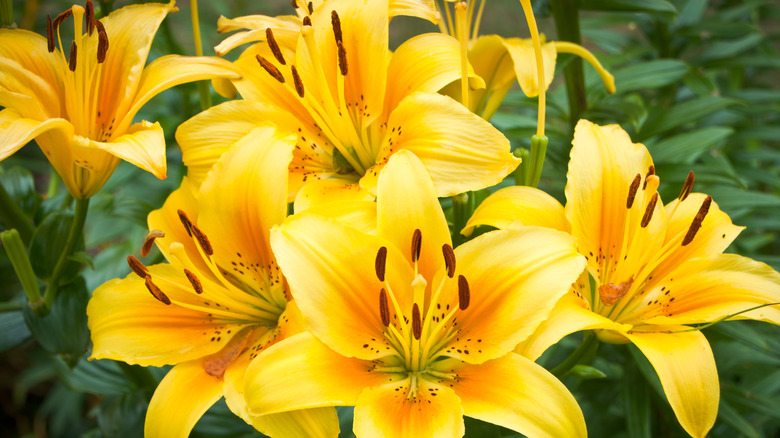Azaleas are stunning flowering plants known for their vibrant colors and beautiful blooms. Gardeners are often tempted to plant azaleas in their gardens because of their visual appeal and ability to add a pop of color to any landscape. With a wide variety of types of azaleas — and ranging colors and sizes available, they can be used as focal points or as part of a larger garden design. Additionally, azaleas are known for attracting pollinators like hummingbirds and butterflies, making them a great choice for gardeners who want to create a vibrant and lively garden ecosystem. Nevertheless, one aspect of azaleas that novice gardeners often overlook is their high maintenance care requirements.
One reason why azaleas can be difficult to grow is their susceptibility to pests and diseases. Azaleas are prone to various pests, including lace bugs, spider mites, and azalea caterpillars. These pests can cause damage to the leaves, leading to discoloration, defoliation, and overall weakening of the plant. Additionally, azaleas are susceptible to diseases such as powdery mildew, root rot, and leaf spot. These diseases can affect the overall health and appearance of the plant, leading to stunted growth, wilting, and even death if left untreated. Managing and preventing pest infestations and diseases in azaleas requires monitoring, proper sanitation, and timely intervention. Gardeners may need to use insecticides or fungicides, depending on the specific issue, and follow a strict maintenance routine to keep their azaleas healthy and thriving, all of which can be both costly and time-consuming.
High maintenance needs of azaleas

Azaleas are known for their stunning blooms and vibrant colors, but they also come with a reputation for being high-maintenance plants. First, azaleas have specific soil and pH requirements. These plants prefer acidic soil with a pH level between 4.5 and 6.0. This means that gardeners need to regularly test the soil and make adjustments to maintain the ideal pH level. If the soil becomes too alkaline, azaleas can suffer from nutrient deficiencies and become more susceptible to diseases. Additionally, azaleas require well-draining soil to prevent root rot.
Secondly, azaleas are sensitive to sunlight and temperature. While they thrive in partial shade, they can struggle in full sun or intense heat. Excessive exposure to direct sunlight can cause the leaves to wilt and scorch, leading to overall plant stress and reduced blooming. Further, azaleas are not frost-tolerant and can suffer damage or even die if exposed to freezing temperatures. This means that gardeners in colder climates need to take extra precautions to protect their azaleas during winter.
Lastly, azaleas require regular pruning and maintenance to promote healthy growth and abundant blooms. Pruning is necessary to remove dead or diseased branches, improve air circulation, and shape the plant. On her blog, Martha Stewart acknowledges, “It is a time-consuming task, but a very crucial one for the wellness of these specimens.” This arduous process is best done in the fall after the flowers have finished blooming.
Other flowering plants to consider instead

Before you plant azaleas, there are a number of other low-maintenance flowering plants that you ought to consider that require less effort. Daylilies are a popular choice for gardeners looking for low-maintenance flowering plants. These perennials come in a range of colors and bloom profusely throughout the summer. Unlike azaleas, daylilies are more tolerant of different soil conditions and can adapt to both sun and partial shade. They are also drought-tolerant, making them a great choice for regions with limited water availability. With minimal pruning and occasional fertilization, daylilies can thrive without much intervention, making them a better option for those who prefer a less demanding plant.
Coneflowers, also known as Echinacea, are another excellent alternative to azaleas. These hardy perennials are known for their vibrant and long-lasting blooms, which attract butterflies and bees to the garden. Coneflowers are drought-tolerant and can withstand many soil conditions, making them suitable for various garden settings. They require minimal maintenance, with deadheading being the only necessary task to prolong blooming. Compared to azaleas, coneflowers are more adaptable and can thrive in different climates.
Salvia, or sage, is a versatile flowering plant that offers various colors and sizes. These perennials are known for their long-lasting blooms and ability to attract pollinators like bees and hummingbirds. Salvia plants are relatively low-maintenance, requiring minimal watering and fertilization. They are also more resistant to pests and diseases compared to azaleas.



